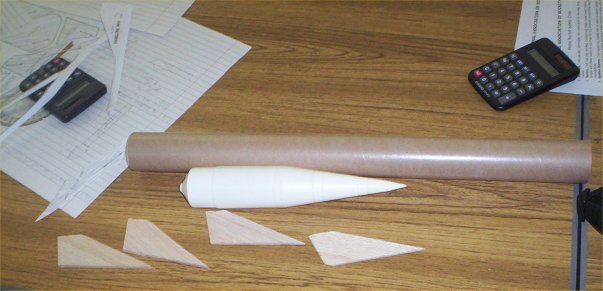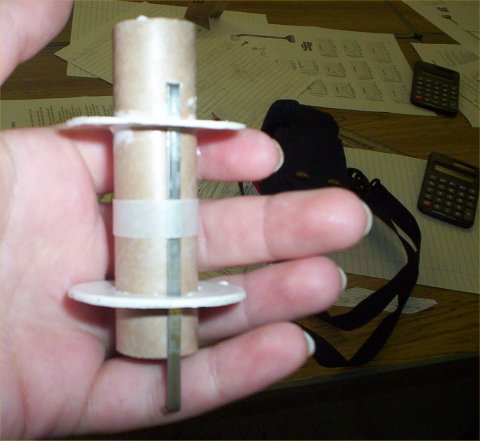

The rockets are made from basic components
The engine mounting is not so simple
which the students modify to their own requirements
and requires ingenuity
ROCKET SCIENTISTS
Maths, Physics and Space Science
| This extremely popular course provides the opportunity to research the history of space travel |
| and explore the design of vehicles that make it possible. |
| The course begins with a study of physics and aerodynamics, including Newton’s Three Laws of Motion |
| and Bernoulli’s Principle. To reinforce their understanding of the topics, students will then work in pairs |
| to help with the design and construction of rockets to test the theories that have been learnt. |
| Forget air and water powered rockets that can be bought in model shops – we will be using gunpowder |
| as our fuel and an element of the course includes the necessary safety briefings. |
| Our rockets will be tested on the ground using flight simulation software before an explosive launch |
| takes place on the final morning of the course (subject to suitable weather). |
| A Presentation to Parents at the end of the course provides the opportunity for students to provide |
| feedback on the performance of the rockets and their design considerations. |
|
|
|
|
|
The rockets are made from basic components |
The engine mounting is not so simple |
|
|
which the students modify to their own requirements |
and requires ingenuity |
|
|
|
|
|
Construction in the classroom is always |
Students document the design considerations |
|
|
under full supervision |
of their rocket |
|
|
|
|
Blast Off !! |
.....and a safe return to Earth |
| The pyrotechnic rocket motors used are specifically designed for this course and remotely fired. |
| This means that they are both exciting and safe. |
| The students do not handle any form of explosive at any time and safety is paramount. |
|
Please visit our You Tube channel to see launches of planes, rockets and other mad things! |
 |